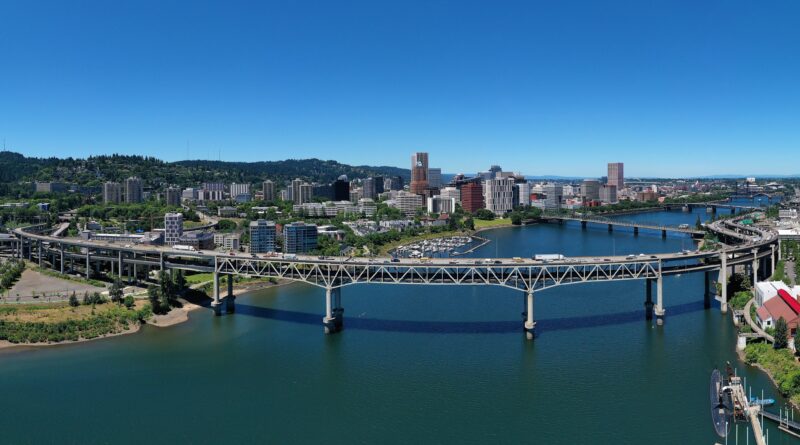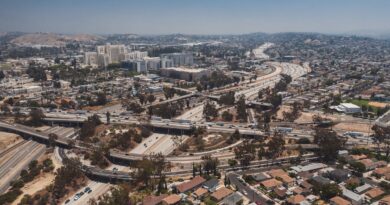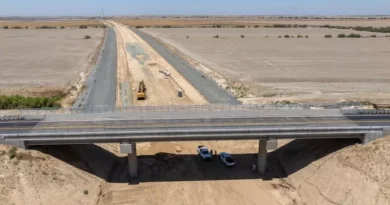Portland Infrastructure at Risk as City Gradually Sinks, Study Says
A recent study published in Nature reveals that over 80% of Portland, Oregon, is experiencing land subsidence, with the ground sinking at an average rate of approximately 2 millimeters per year. This gradual sinking is primarily attributed to tectonic activity and sediment compaction, rather than groundwater extraction, which is a common cause in other U.S. cities. The study utilized satellite radar data collected between 2015 and 2021 to assess the extent of subsidence across the city.
The implications of this subsidence are significant for Portland’s infrastructure. Gradual ground sinking can lead to cracked roads, unstable buildings, and increased flood risks, particularly in low-lying areas. Experts emphasize the importance of incorporating subsidence considerations into urban planning and infrastructure development. Recommended adaptation strategies include rezoning, investing in green infrastructure, elevating roads, and installing tide gates to mitigate future risks.




